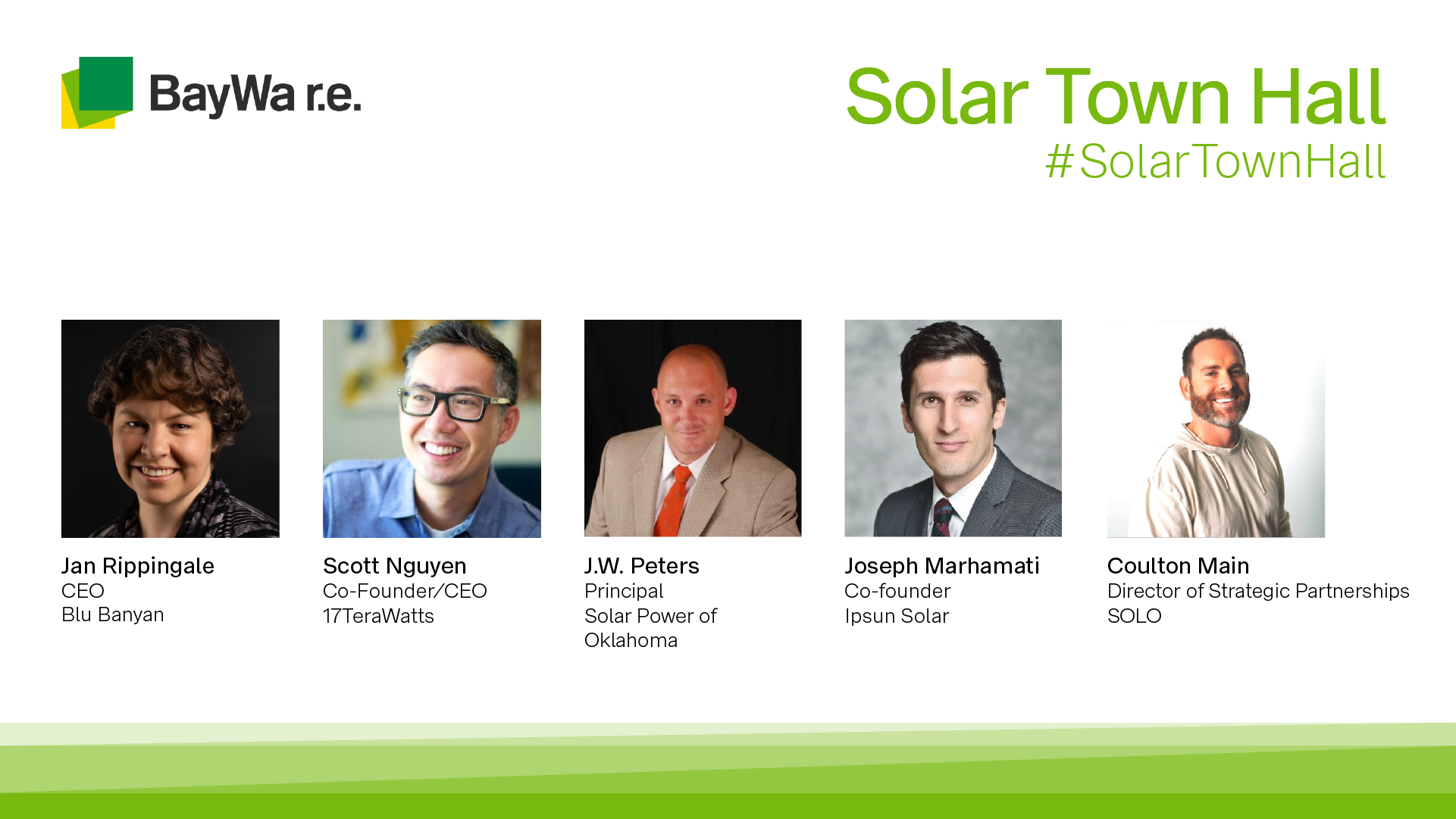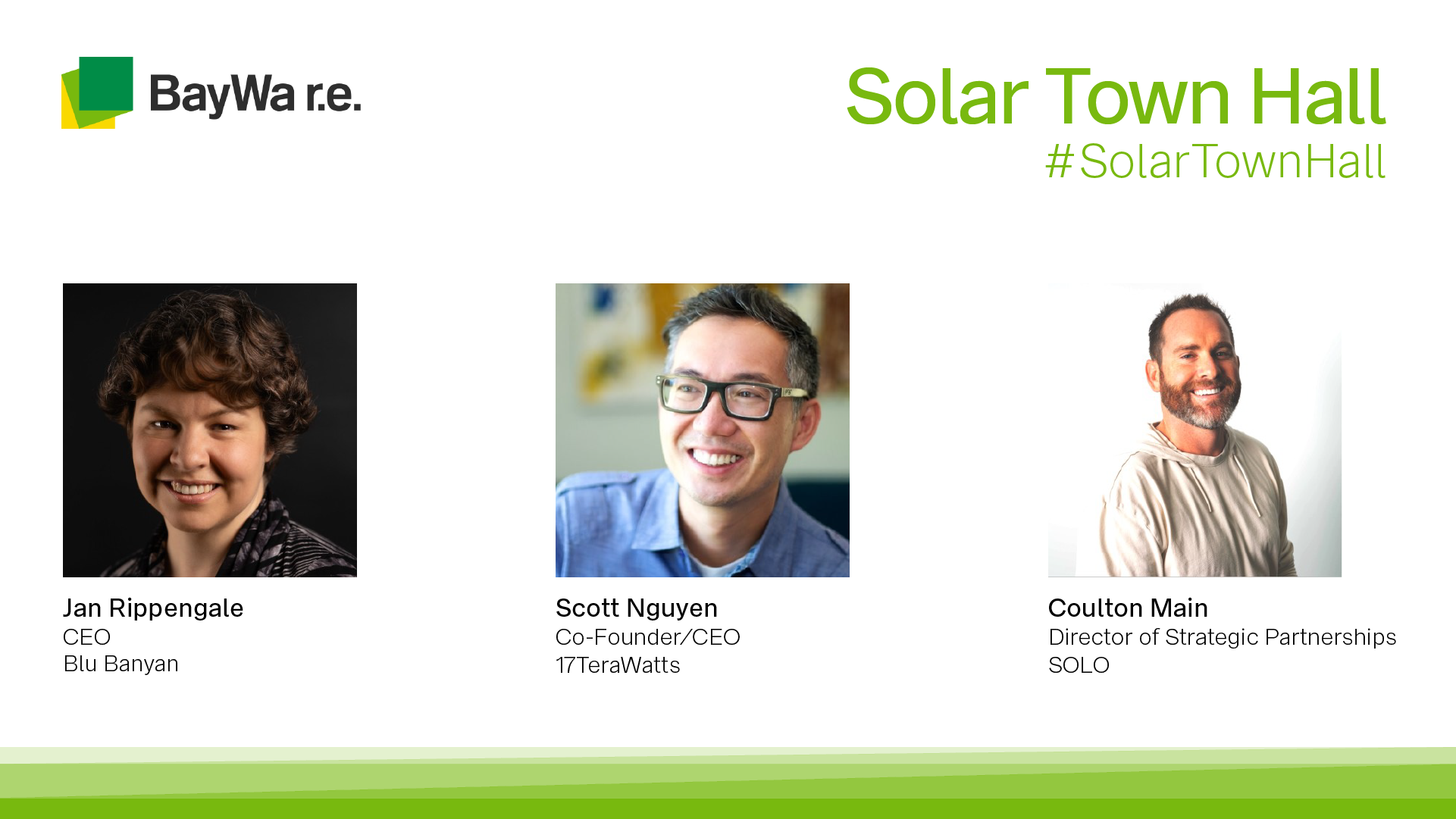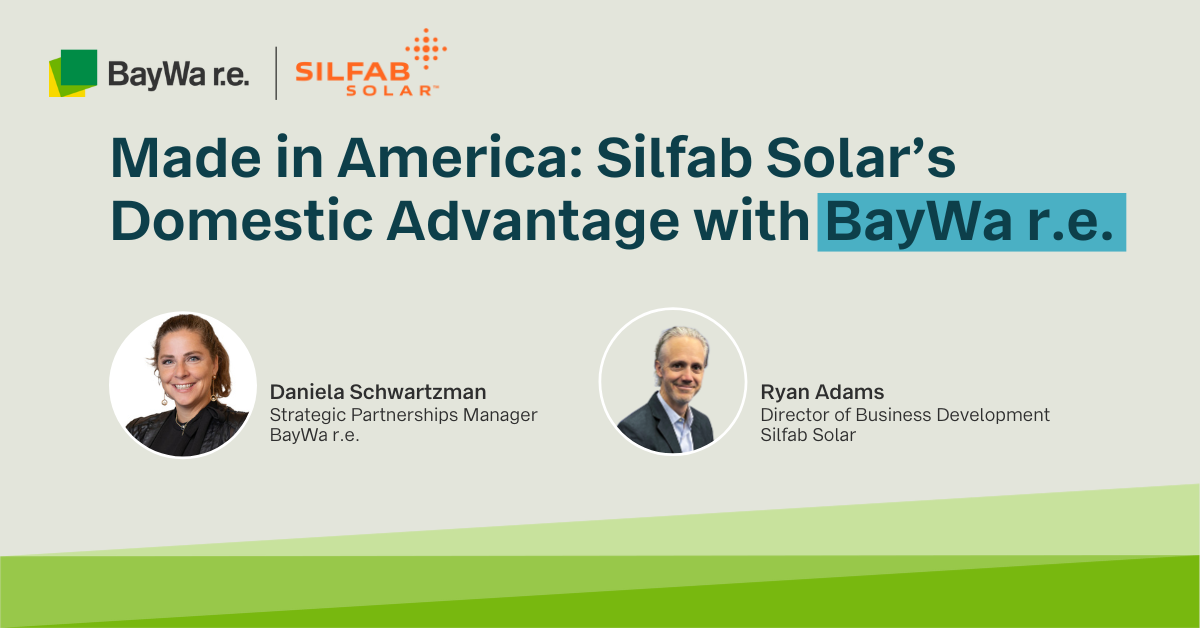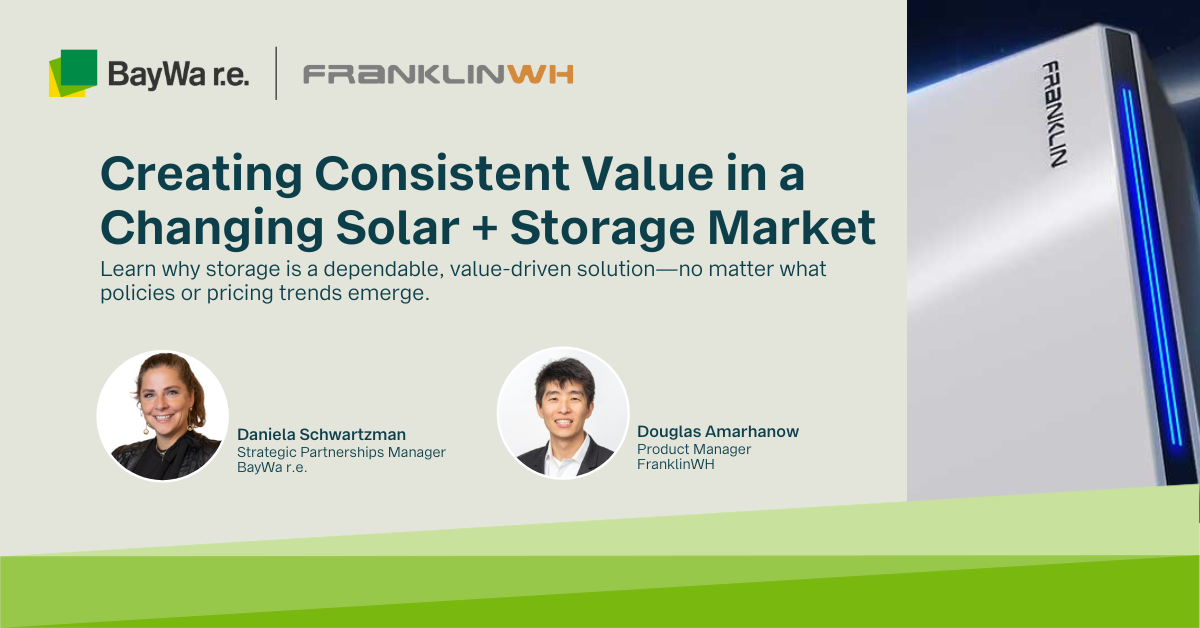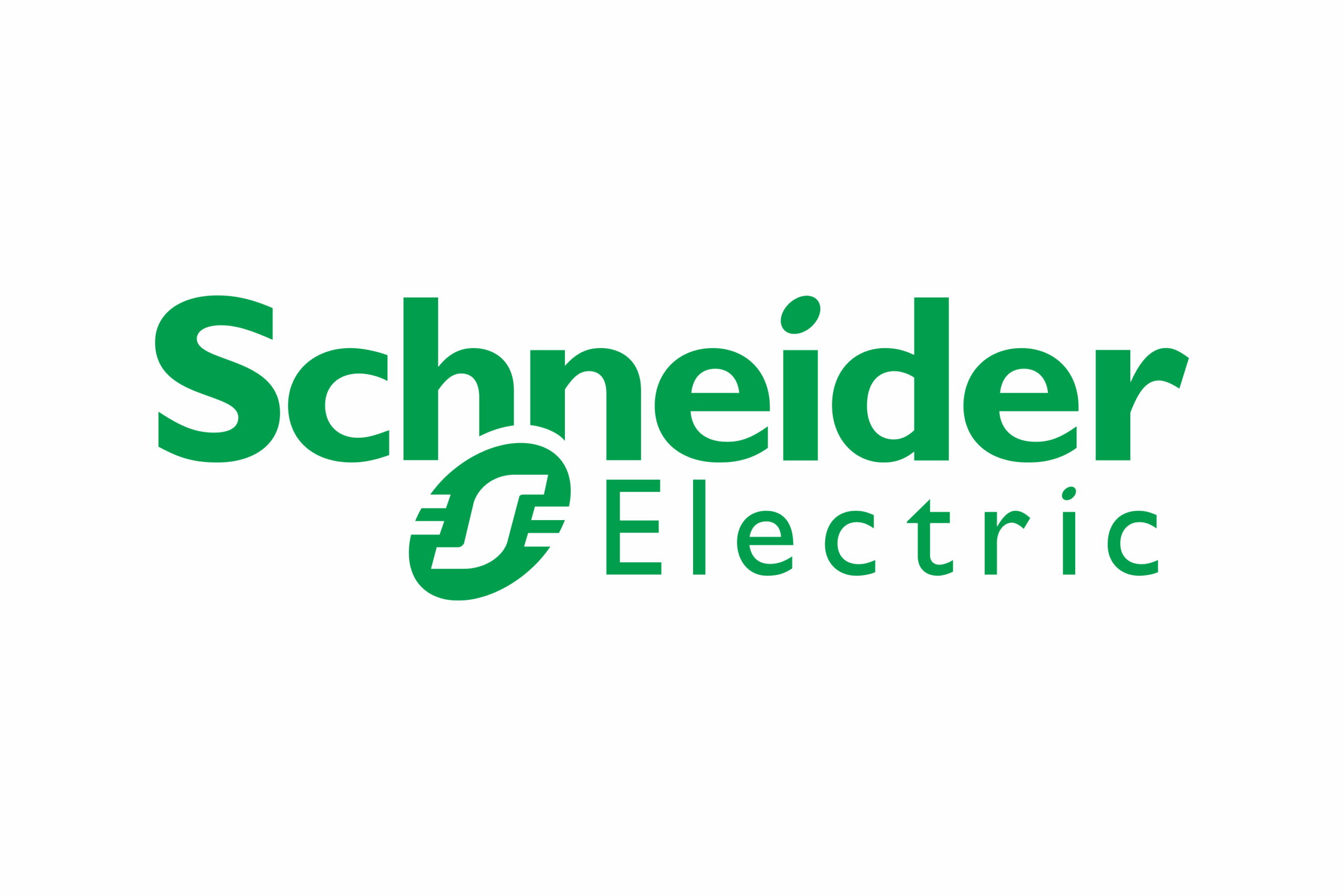Of the many challenges solar companies face in this moment, perhaps the most slippery is managing the integration of technology into core business practices. Until recently, solar installers suffered from a fractured set of generic software tools with legacy dysfunction and siloed incompatibilities — some for sales, some for design, some for tracking workflow, et cetera.
However, we are now seeing the arrival of powerful new solar-specific software with cross-platform compatibility that allows solar installers to embrace the “solar software stack” to efficiently and effectively scale.
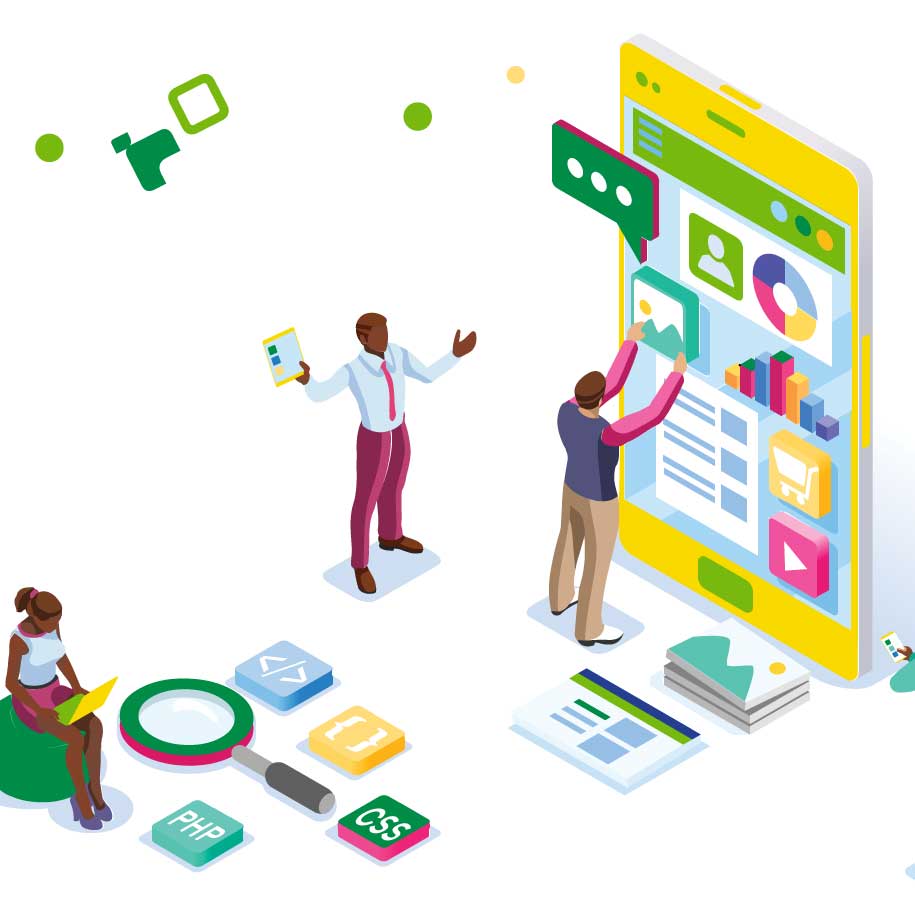
The modern solar company must think critically about how software can help them do more with less and achieve their goals in the face of rising customer acquisition costs, policy related externalities, and customers with consistently escalating expectations. I believe there is a thin line between a solar company delivering on the promise of a new energy future and one that is simply swimming in place.
What is a solar software stack and why is it important?
“We’ve found that solar software is a fragmented market, and no one has made anything remotely close to an end-to-end system,” says Joe Marhamati, Co-Founder of Ipsun Solar in Washington, DC, an early adopter in digitization.
In light of this reality, the software stack is the solution. A “software stack” refers to a set of business software tools that work together to provide a unified solution. More specifically, the “solar software stack” refers to the set of discrete solar software tools that can be combined to empower the solar business. The key characteristic of the stack is that the companies developing the individual tools embrace the idea of interoperability and that the tools themselves are able to communicate and integrate with each other, passing important data from one piece of software to another.
Learn more about the “software stack” in this Town Hall archive.
Solar Town Hall: The Software Stack of the Modern Solar Business
On July 15 we talked with visionaries in the field of solar software for our expert roundtable and explored this exciting future of efficiency and integration, with a focus on new efforts in solar-specific software that are changing the playing field. Watch and Listen Now »
“The advantage of the software stack is that a company no longer has to find the holy grail — the one end-to-end software tool that does it all and that is perfect for their business,” says Scott Nguyen, Co-Founder and CEO of 17TeraWatts.
Software tools that attempt to do it all generally don’t do any of it very well, and individual software tools vary greatly in their features and functionality. With a software stack, a business can choose the specific software tools that excel at delivering their stated function and are the right fit for an organization’s unique processes and operations.
I like to draw the analogy between the software stack and the components of a solar system. For your homeowner customers, you design systems that best meet their specific needs. You select the right panel model, the right inverter type, the right racking, the right monitoring system, knowing that these components are cross-compatible and will work seamlessly together to deliver solar power to the customers’ homes.
Design Principles to Compose a Solar Software Stack
Here’s a good example of what the core layers of a solar software stack could look like for a medium-sized installer — which includes our Bodhi customer experience software from 17TeraWatts.
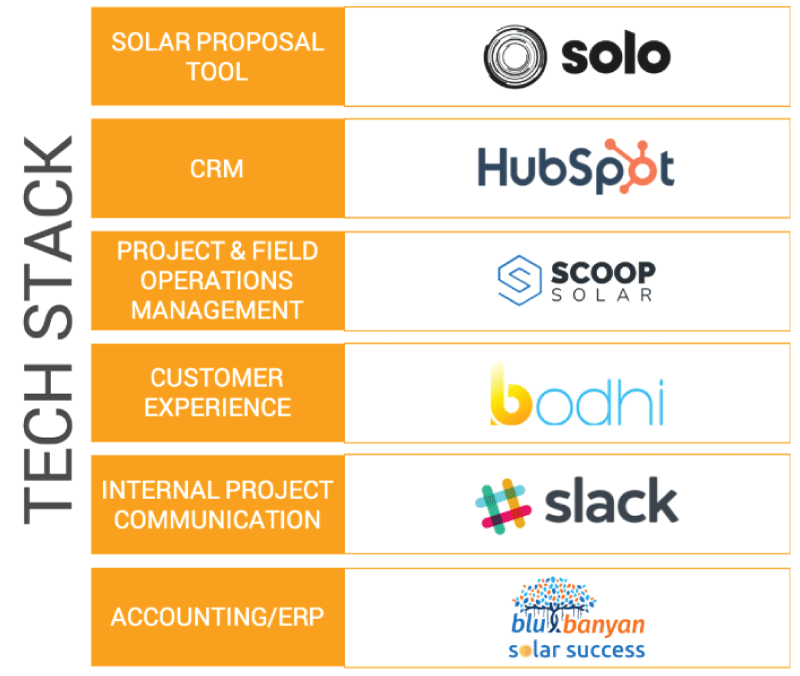
Solar Proposal Tool: Solo
CRM: Hubspot
Project & Field Operations Management: Scoop Solar
Customer Experience: Bodhi
Internal Project Communication: Slack
Accounting/ERP: SolarSuccess
(Image courtesy of Strategic Piece)
Each of these software programs are created by different companies, serving different purposes within a solar business workflow. The key is that they are all interoperable, and can be complemented by a multitude of specialized tools.
Of course, this is just one example: the best solar software stack is the one most appropriate for your solar business in its current form. Equally important, your software stack should equip your company to address our changing industry landscape gracefully, efficiently, and in a manner that encourages scaling. As the company grows and the solar landscape changes, you can adapt your software stack to evolve with you. You can swap out a specific software tool for one that fits your evolving needs or you can adopt a new state-of-the-art tool to your existing stack. The growth of your business will not be held hostage by outdated, incompatible, closed system software.
To meet these aims, understanding the relationships between each of the layers of the stack is important. In my view, an effective solar software stack should adhere to five principles: Specificity, Interoperability, Process-Based, Adaptiveness, and Communication.
Specificity: A Tool for Every Purpose
A solar company’s reality is that success depends on paying attention to the details. In the past, we’ve had to bend generic software tools to the workflows and processes unique to solar. The results were at best mixed and more often than not led to frustrated staff and broken systems.
We need tools that are designed for solar to solve the specific problems within solar. We need an aerial assessment tool that maps within an inch, integrates lidar data, integrates multiple financing models, and outputs a usable format for a kitchen table discussion. We need an ERP (Enterprise Resource Planning) solution that contemplates resource allocation for hundreds of projects, with change management sensitivity and multiple business model frameworks. We need document capture technology that a homeowner can use safely while performing tasks that involve the two riskiest environments in a house — the roof and the electric service panel.
I like Joe’s philosophy at Ipsun Solar: “We try not to sign on with a piece of software unless it has solar in mind.”
Interoperability: Silos Are For Grains
Solar businesses have many moving parts working across various departments, personnel, and interfaces with external parties. A scaling company cannot afford to have data trapped in disparate silos or suffer redundant data entry. The digital tools to make this process work seamlessly must have API integrations that allow them to “talk” to other layers within the stack. For example, customer details should be transferable from a CRM to a proposal and to a project management system with a single click of a button or better yet fully automated — no copying and pasting required.
“The only thing project managers hate more than having to enter data is having to re-enter the same data in multiple platforms,” says our CEO Scott Nguyen at 17TeraWatts.
Furthermore, interoperability reduces the need to manage multiple interfaces, helping to preserve data integrity and the resilience of analytics.
Process-Based: Solar Works Through Flows
Given the many steps of a solar project, developing a process based workflow is the backbone of any solar installation company. If anything goes awry, the customer suffers. Managing that workflow is the stock and trade of process based software. There are specific project management workflow platforms, like Scoop Solar or Monday and there are comprehensive ERP solutions like Solar Success or JobNimbus that can accommodate multiple workflows in one platform.
Adaptiveness: Change Is In Our DNA
The solar industry is trying its hardest to quit the solar coaster — that notion that all things in solar experience riotous and constant change, making a consistent approach to the market difficult or treacherous. But, it is in our DNA. Our software tools must adapt with our changes, and the companies developing the software must embrace continuous improvement — optimizing on existing features and innovating with new features.
For example, as storage offerings become part of a solar business, there are demands for a new and specific workflow, nuanced customer experience management, and new permitting and building codes to monitor. A customer experience platform like Bodhi can tailor a customer journey specific to a storage purchase without precluding a deeper engagement with the customer around solar energy. Your software stack must be as pliable as emerging solar technologies and business models demand.
Communication: We Can Never Have Enough
For a service like solar, it is sometimes surprising how central communication is to the success of the entire ecosystem. The software stack must support robust, timely, and effective communication to all participants — both within the solar installation company and with the customer.
Various cultures exist within any solar company. Among them, sales and operations teams especially need to stay in close communication to ensure efficient project delivery and customer satisfaction. That means the software stack should encourage and maintain enough engagement so that communication is not compromised. CRMs like HubSpot that integrate with email and other tools within the stack can collate data and function as the one-stop repository and “source of truth” for all information and communications about a job. Customer experience platforms like Bodhi can then rely on information from the CRM to automate customer notifications and other interactions, such as surveys and review requests. Additionally, managers need reports that are agile and timely. The information coming out of the entire software stack needs to be collated and customizable to support actionable data-driven decisions.
The Modern Solar Company
For a solar company interested in evolving, either optimizing, scaling, diversifying, or all of the above, the imperative to leverage digital tools is clear. However, given the complexity of many solar companies, finding a single solution is difficult and may be limiting through time. With careful consideration a suite of tools can be curated to meet the current and future needs of a company. A company does not need to invest all at once in a software stack, but would do well to take a principled approach to software selection that can inform the selection for each layer of technology to achieve a functional and effective whole.
Modern solar companies that embrace these new technologies and deploy them appropriately will be in an advantageous position, regardless of what the market throws at them. That, I believe, is what will separate the long-term players from the rest.

Emmett Miranker is the Head of Business Development at 17TeraWatts (@17TeraWatts). He is based in Austin, Texas.
BayWa r.e. Solar Distribution supplies residential and commercial solar installers in the United States with quality solar + storage components, forecasting, business planning advice, and a community of experts. Visit www.solar-distribution.com to engage with our team, read our industry insights articles, and stream our Solar Tech Talk podcasts and recorded webinars on YouTube and Spotify. Follow us on LinkedIn and Facebook to stay connected. Ask us about our Financing Program and use our industry-leading Webstore to save time, get gear shipped, and get jobs done!
Part of the BayWa r.e. Global family of renewable energy companies.
